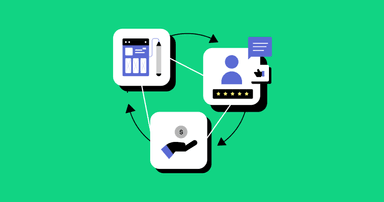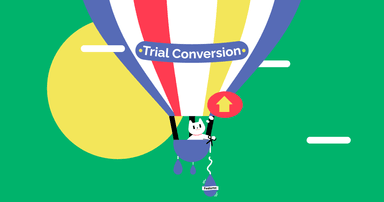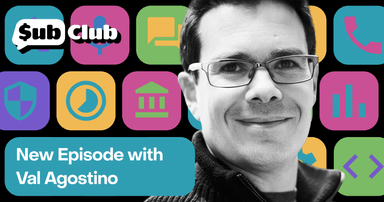Slopes: From Indie Side-Hustle to $1M in ARR and an Apple Design Award
In conversation with founder Curtis Herbert


David Barnard
What’s it like to hit $1 million ARR as a bootstrapped app developer?
Pretty amazing, if you ask Curtis Herbert. But know this: Curtis is not an overnight success story.
Curtis made just $10,600 during the first two years of the ski tracking app’s existence. It has taken him nine years to build Slopes and grow it into a million-dollar app, and he has been prolific about documenting his journey.
In a recent episode of our SubClub podcast, Curtis discusses the trials and tribulations of scaling in a seasonal marketplace, the inherent value of catering to your audience, and what motivates him to build in public.
Slopes Gets Its Start: Slow and Steady
Curtis launched Slopes in 2013. At the time, there were a few other ski tracking apps — a good indicator that there was a market for skiing and snowboarding apps.
The launch did not elicit much fanfare and, like many indie developers, Curtis was not particularly attentive to marketing. Though tech journalist Peter Cohen covered the app about a year after its launch, Curtis soon learned that getting press would be a challenge.
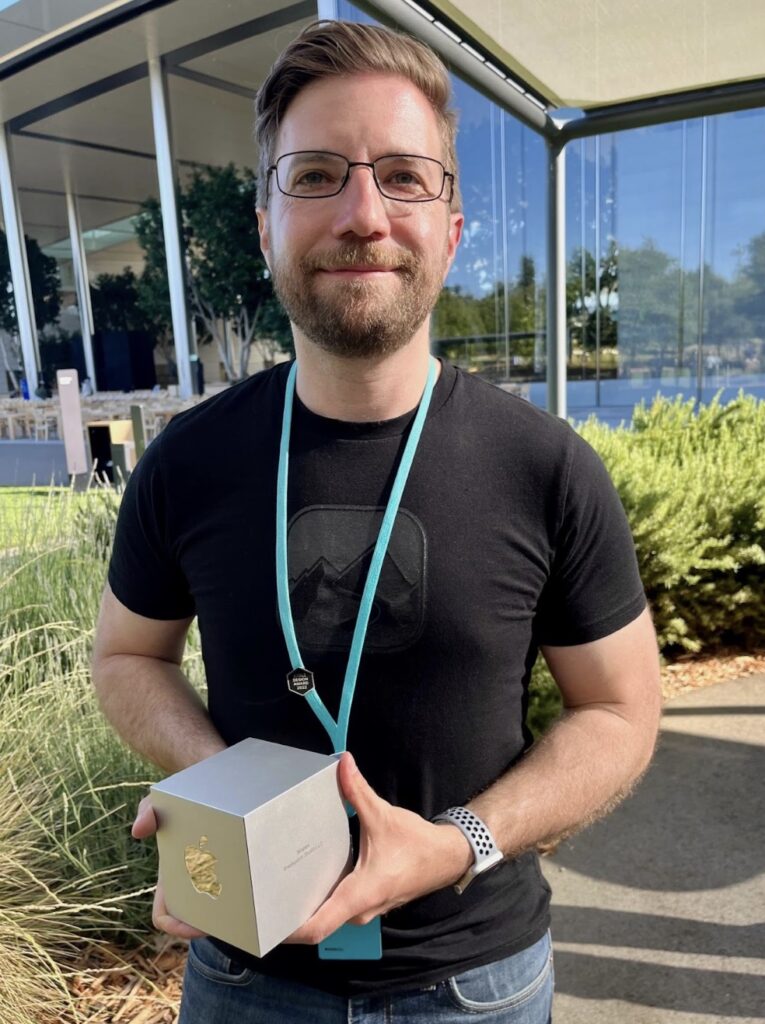
“Not a lot of Apple people ski,” he observes. “So it’s very hard, for example, for MacStories to justify covering Slopes because 10% of their audience might ski.”
Though the overlap between tech blog readers and skiers might be small, the broader ski community is tight-knit and talkative, which proved to be good for growth. Early users trickled in thanks to word-of-mouth referrals.
“A lot of it was word-of-mouth, luck … the core of the ski community — the people who go often — not just the people going out for holidays, they’re going to talk share, things like that,” Curtis says of the app’s early growth.
Introducing Subscription Payments After Two Years
About two years after he launched the app, Curtis decided to get more serious and treat it like a real business — with recurring revenue.
This was about a year before Apple started encouraging the broader use of subscription monetization on the App Store.
At the time, there weren’t many apps using yearly subscription models — subscriptions were mostly the domain of dating apps or running apps like Strava. Curtis believed you should “charge your value and charge it every year,” so he transitioned to subscriptions. It also helped that subscriptions were becoming more common in the ski industry.
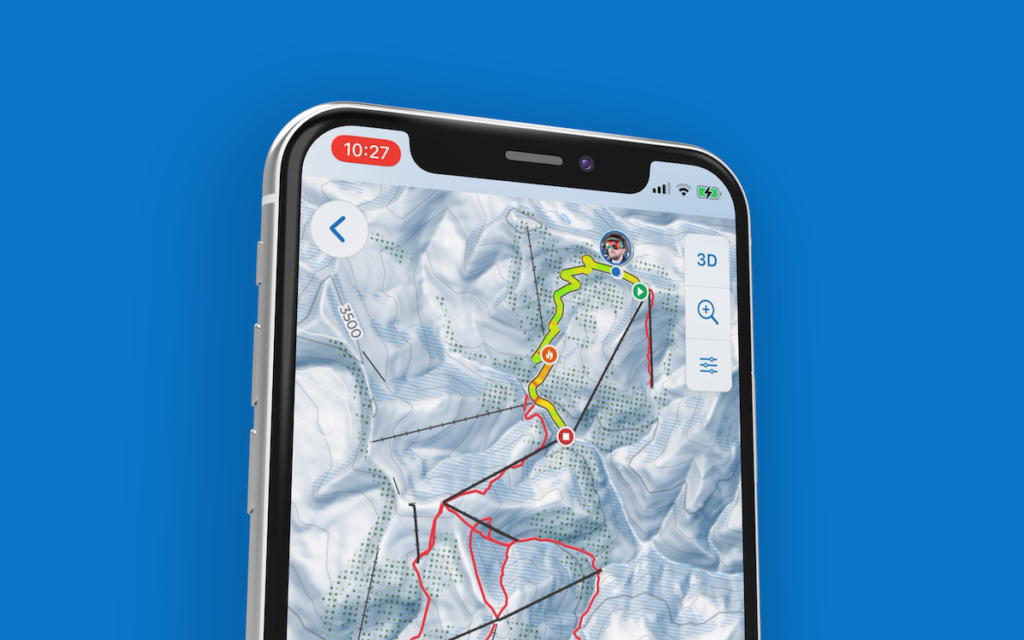
“People buy season passes to go skiing; they’re already paying a yearly subscription, basically. So why can’t I just do the same thing and call it a season pass inside Slopes?”
Seasonal relevance was a challenge, though. Unless users lived in a place where skiing was available year-round, seeing a charge on a credit card statement for a winter sport when there was not a snowflake in sight created seasonal churn.
That’s part of why Curtis decided to stop offering a monthly subscription option and instead switched to consumable IAP “passes.”
Getting App Marketing Right (with a Little Inspo from SaaS)
Initially, Slopes didn’t have much of a marketing strategy in place.
Curtis experimented with Instagram ads about three years in and spent $5,000, which yielded a small percentage of the annual downloads for that year.
Since word-of-mouth had been working well, Curtis decided to focus on making it easier for users to share their experiences. He introduced shareable cards built into the app that allowed users to share stats and highlights of their ski runs on social media.
“No real growth hacking or anything like that,” Curtis says of the effort. “And it certainly wasn’t an ad dump like we see today to climb the charts and do all that kind of stuff.”
In an unorthodox move, Curtis’s first full-time hire was a marketer. It happened somewhat organically: Ella was a Slopes user and emailed Curtis about a bug she noticed in the app. They continued to chat, and Ella, who had a growth and marketing background, proposed a part-time role, which eventually turned full-time.
“She was passionate about the space,” Curtis recalls. She helped him get up and running with the tasks he knew he “should do but just never made the time for. She came in, and she’s like, ‘Hey, I can do that stuff. I’ve done this before.’”
Ella helped Curtis dive deeper into data on customer segmentation, active users, and churn. With better analytics, he has been able to make more informed decisions about what features to add to improve the app.
For Marketing, Nothing Beats Email
Ella also started sending NPS surveys to users, which has helped product development. “That’s been really good to see, like if there was a problem with Apple Watch or something. Then I’m actually able to fix it, and we can see the NPS score go very far up,” he says.
Taking a page from the SaaS playbook, email has also been key for marketing. Though Curtis is accustomed to building his own products and tools, he started using Vero on the recommendation of another developer. The marketing software lets him build workflows to send emails based on subscription lifecycle events, which has been helpful.
“We always see good conversions, we see good feedback about giving pro tips or something like that,” Curtis says. It helps users feel “welcomed by the app, which is nice. We try and make it have a personal touch. … They feel like we’re not just some weird, faceless corporation.”
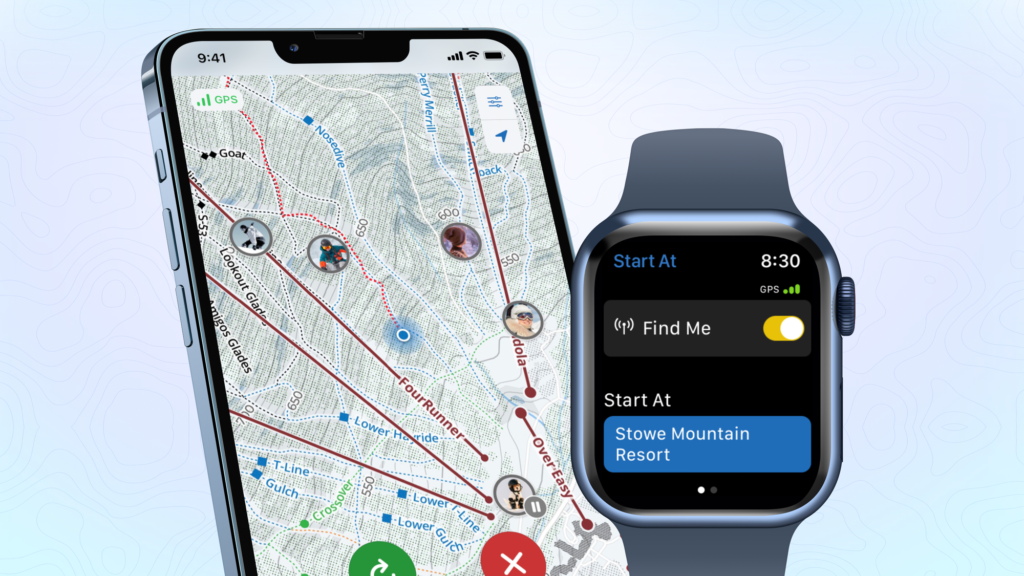
Don’t Mess with the Y-axis
One reason why Curtis is so committed to building in public is simple frustration.
As an indie developer, there is a lack of information about what to expect, and even when the information exists, it is often incomplete. For example, it’s common to see revenue and growth charts that don’t have a Y-axis, removing the ability to see the actual longtail dynamics.
He recalls looking at one chart from a popular Mac software company: “They show the massive spike of the paid upgrade, and then the longtail. And it’s like, well, we don’t know — that longtail could be 1,000 dollars a day, it could be 10 dollars a day, it could be 10,000 dollars a day — we have no freakin’ clue.”
Developers are on their own when it comes to muddling through subscriber data, segmented cohorts, LTV, and churn. Curtis recognizes that his journey is unique, and others will have a different path, but he’s committed to sharing a complete picture to help “level-set some expectations.”
Now that he’s hit $1 million in ARR, he acknowledges that there could be a case made for removing the Y-axis because it could come across as a “humblebrag.”
But that is not his goal. In fact, Curtis would like to create a page showing more detailed operating costs — around $300,000 per year minus his salary — so indie developers can get an even clearer picture of what it’s like to run a seven-figure app.
To be clear, he’s sharing those revenue numbers before Apple’s 15% cut, which is how SaaS companies generally report revenue. He explains: “It doesn’t matter what any of your processing fees are; when you report your revenue, it’s your revenue. If you want to talk profit, it’s your profit.”
Winning an Apple Design Award
A few months after his Sub Club podcast interview, Slopes was selected for an Apple Design Award celebrating 12 best-in-class apps and games. Slopes won in the Interaction category, dedicated to apps that “deliver intuitive interfaces and effortless controls that are perfectly tailored to their platform.” Apple said of the app: “Packed with a mountain of data but as easy to navigate as a nice green run, it proves how a thoughtfully designed app can elevate an experience.”
Not bad for a bootstrapped app that started as a side project!
In-App Subscriptions Made Easy
See why thousands of the world's tops apps use RevenueCat to power in-app purchases, analyze subscription data, and grow revenue on iOS, Android, and the web.
